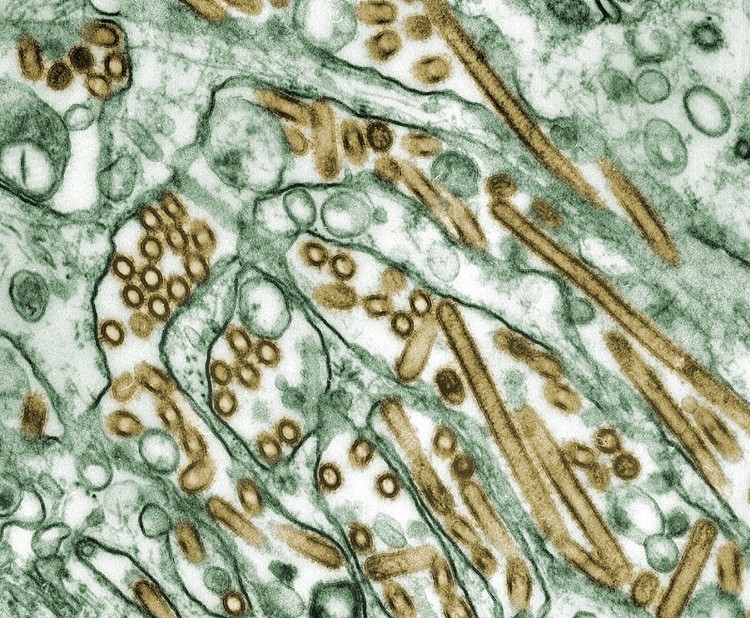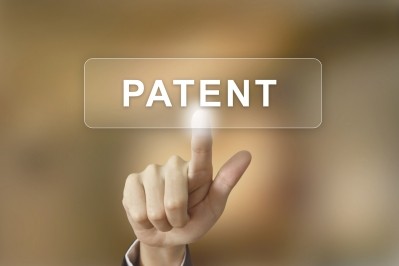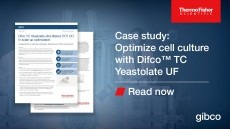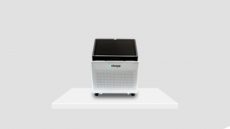Daiichi’s downstream setback cuts Japanese H5N1 vaccine supplies

Last week the Tokyo drugmaker announced that it would be “impossible” for it to make the 40 million H5N1 vaccines it had been expected to manufacture under the Japan’s 2014 pandemic plan due to ongoing problems at an antigen production plant it had hoped to bring online by the end of the month.
Daiichi said yields were much lower than expected in validation runs, adding that while it is working on the problem it would not “achieve the original goal of creating a [production] scheme by March 31, 2014 to supply vaccines for 40 million people in six months.”
Government supported plant
The firm’s subsidiary Kitasato Daiichi Sankyo Vaccine had been working on the plant since August 2011 in a project supported by a grant from the country’s Ministry of Health, Labor and Welfare (MHLW).
The original plan was to start making 30μg/mL and 60μg/mL doses of the vaccine at the end of the month.
However, in October the firm realised that it was not able to make as much antigen as it had expected as a result of two downstream processing steps.
“In the two purifying processes; the zonal ultra-centrifugation process and final filtering process, the vaccine antigen yields drop significantly [from expected levels]. Currently, as a result, it is only possible to produce vaccine for approximately 20 million people at the final formulation.”
Downstream
In vaccine production zonal ultra-centrifugation is used to separate out the antigens from cellular debris and other materials derived from the culture process.
Fintan Weston, production director at UK injectables-focused contract manufacturing organisation (CMO) Symbiosis, told BioPharma-Reporter.com that: “Zonal ultra-centrifugation is used to concentrate or partial purify a product such as whole or parts of influenza virus.
“Loading the product onto rotors primed for example with sucrose, the virus or virus particles then move into concentrated bands within the gradient based on size and density. You can then unload each machine, collecting fractions and your target will be concentrated over a small number of these fractions.”
He added that: “As a key part of the overall purification process there could be many reasons why they are incurring a variable yield.”
Daiichi did not specify the reason for the low yields but did say that its plan to fix the problem failed “due to the lack of adjustment of the process conditions at the actual plant” and added that “In future, the vaccine antigen yield will be increased by setting more suitable process conditions.”
The Japanese drugmaker added that clogging during filtration had also cut yields.
















